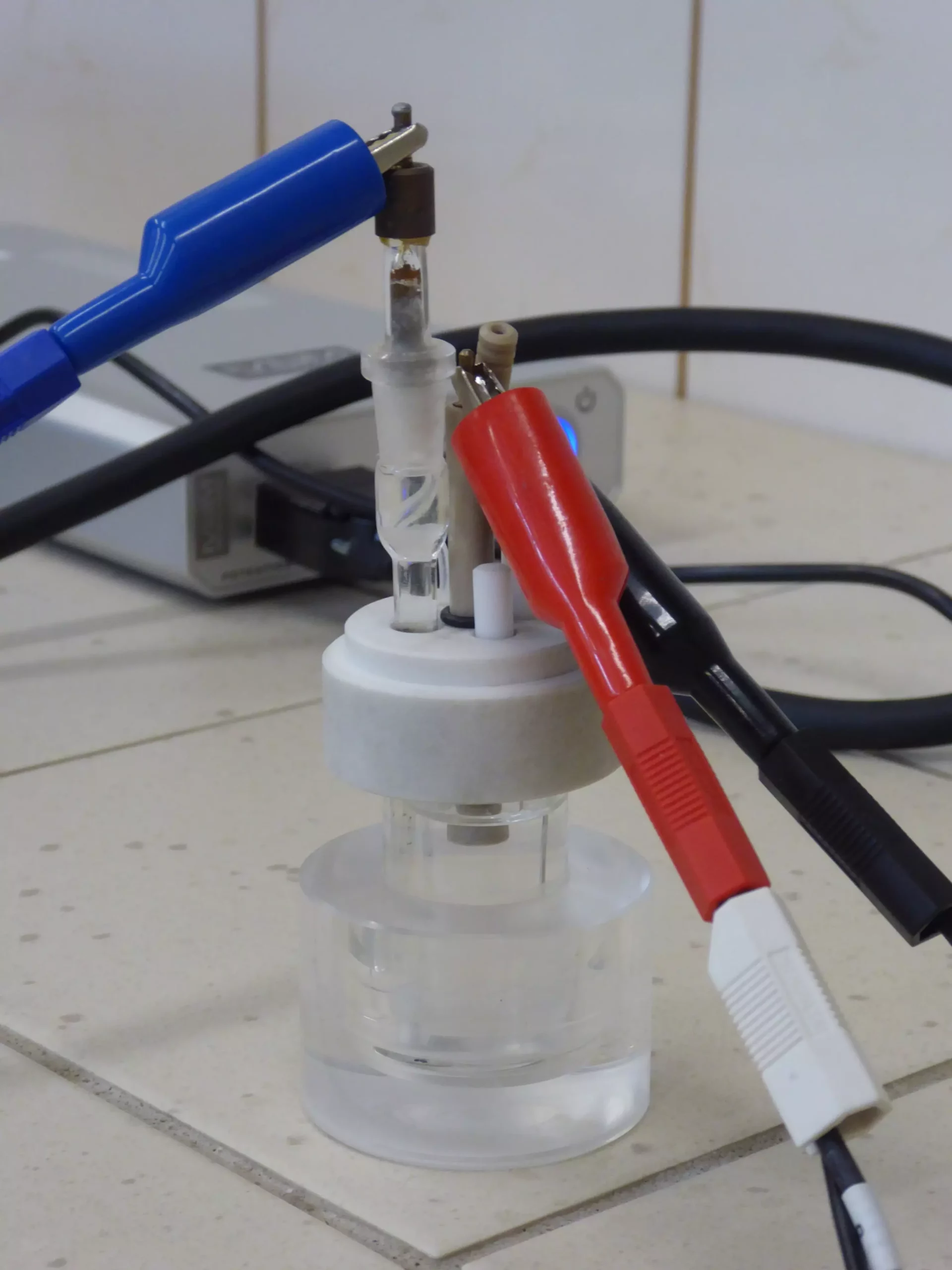The rapid increase in the global adoption of lithium-ion batteries—doubling over just four years—has inevitably led to significant environmental concerns. As these batteries reach the end of their lifecycle, the challenge of managing the resultant waste becomes urgent. Lithium-ion battery waste is not only voluminous but also laden with hazardous materials that could pose a threat to ecosystems and human health if not managed properly. Consequently, the development of efficient recycling techniques has emerged as an essential component in mitigating the negative impacts of battery waste.
Amidst this environmental crisis, a team of researchers from versatile Polish institutions has stepped up to offer a promising solution. Their work highlights a method for extracting valuable materials from discarded lithium-ion batteries while simultaneously reimagining their application. The innovative strategy centers around utilizing carbon materials produced from the batteries’ electrodes, turning what was once considered waste into a potential resource for catalyzing essential chemical reactions.
The research, as published in the journal *ChemElectroChem*, focuses on the acidic leaching process that allows for the recovery of valuable metals, such as cobalt, from spent lithium-ion batteries. By meticulously etching and processing these electrodes, the scientists successfully developed a carbon material that retains trace elements, which could play a key role in catalytic processes. Dr. Eng. Magdalena Warczak, the project’s lead researcher, emphasized the dual nature of their findings: not only could waste materials be recovered from used batteries, but these materials could also offer functional utility in new chemical applications.
A key aspect of this research is the exploration of electric chemical processes designed for the production of hydrogen peroxide—an indispensable chemical used across a multitude of industries. Conventionally, the synthesis of hydrogen peroxide involves high temperatures, significant pressures, and a host of toxic catalysts, which collectively raise safety and environmental concerns. This innovative approach seeks to dismantle these downsides by utilizing battery waste as catalysts in a more environmentally friendly electrochemical process.
Electrochemical tests conducted by the research team showcased the remarkable catalytic capabilities of the materials derived from spent lithium-ion batteries. These materials, characterized by their unique carbon nanostructures and embedded cobalt, effectively catalyzed the oxygen reduction reaction—wherein oxygen is transformed into hydrogen peroxide. Crucially, the effectiveness of these materials was contingent on their composition and structure, influenced largely by the solutions used during the etching process.
A pivotal discovery made through this research relates to the electron transfer dynamics involved in the reduction of oxygen. Through advanced experimental setups, the researchers determined that a two-electron transfer process is optimal for generating hydrogen peroxide. This finding stands in contrast to the four-electron process, which yields water instead. By precisely understanding these electron dynamics, further refinements in catalyst design could be pursued to maximize the efficiency and yield of hydrogen peroxide production.
What sets this research apart is its potential for real-world application. As hydrogen peroxide finds relevance in various sectors—including pharmaceuticals, household cleaning, textiles, and even aerospace—the ability to produce this compound more sustainably could significantly reduce the environmental footprint of its manufacturing. The implications extend further, with hydrogen peroxide historically being utilized as an oxidizer in rocket propulsion; advances in sustainable methods may revive its use in space exploration—leading to greener rocket fuels.
Moreover, the advent of this innovative recycling method could change the perspective on waste management in the battery industry. Rather than viewing lithium-ion batteries as mere liabilities at their lifecycle’s end, they can be re-envisioned as a source of valuable materials and functions. This shift in perception not only enhances sustainability but also potentially influences regulatory and economic factors affecting battery production and disposal.
Looking ahead, the researchers are keen to explore ways to enhance the efficiency of the electrochemical reactions involved in the production of hydrogen peroxide, which is a significant step toward industrial application. Investigating the four-electron reduction process also holds promise for expanding the utility of these catalysts in contexts such as fuel cells.
With a collaborative effort that encompasses various Polish institutions, this research underscores a pivotal moment in utilizing waste materials for sustainable practices. The road ahead is filled with possibilities, marking a proactive response to a growing environmental challenge—positioning used lithium-ion batteries as a new frontier in green chemistry and sustainability. Through continuing research and development, the goal is to create a cleaner, more sustainable future where technology and environmental stewardship go hand in hand.

